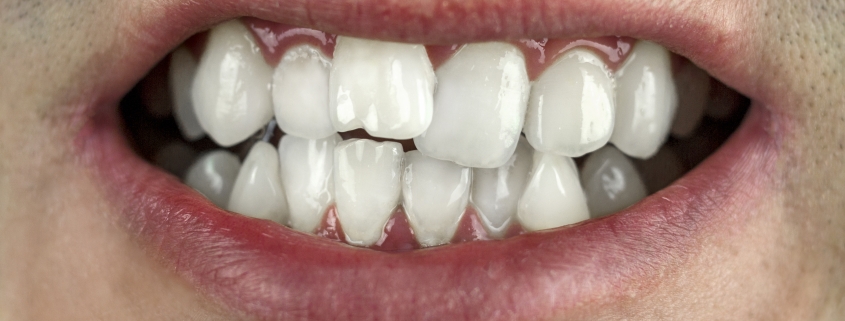The Impact of Genetics on Tooth Shape
The human smile is a complex mosaic of individual traits, and one of the key factors influencing the unique characteristics of our teeth is genetics. From the subtle curves of incisors to the distinct cusps of molars, genetic factors play a significant role in shaping our dental destiny. This article explores the fascinating interplay between genetics and tooth shape, unraveling the mysteries behind the hereditary influences that shape our smiles.
The Genetic Blueprint
Inheritance of Dental Traits:
Much like other physical features, the shape of our teeth is strongly influenced by our genetic makeup. The genes we inherit from our parents contribute to the blueprint that determines the size, shape, and arrangement of our teeth. This genetic information is passed down through generations, resulting in family resemblances in dental characteristics.
Variability in Tooth Shapes:
The diversity in tooth shapes across populations can be attributed to the vast array of genetic variations. While some individuals may have prominent canines or incisors, others may display unique cusps and grooves on their molars. Genetic diversity contributes to the wide range of tooth shapes observed in different individuals and ethnic groups.
Hereditary Dental Anomalies:
Genetic factors can also influence the occurrence of dental anomalies, such as supernumerary teeth (extra teeth), microdontia (smaller-than-average teeth), or macrodontia (larger-than-average teeth). These anomalies, influenced by genetic mutations, can affect the overall shape and size of the dentition.
Impact on Tooth Morphology
Incisors and Canines:
The incisors and canines, located at the front of the mouth, exhibit considerable variability in shape. Genetic factors influence the size, width, and curvature of these teeth, contributing to the unique characteristics of an individual’s smile.
Premolars and Molars:
Premolars and molars, positioned toward the back of the mouth, display distinctive cusps, ridges, and grooves. The intricate patterns on these teeth are influenced by genetic information, and variations in morphology contribute to differences in chewing efficiency among individuals.
Tooth Alignment and Occlusion:
Genetic factors also play a role in determining the alignment of teeth and the occlusion, or the way the upper and lower teeth come together. Malocclusions, such as overbites or underbites, can have a hereditary component, impacting both the aesthetic and functional aspects of the smile.
Clinical Implications and Orthodontic Considerations
Orthodontic Treatment Planning:
Orthodontists often consider the patient’s genetic background when developing a treatment plan. Understanding the hereditary influences on tooth shape, size, and alignment helps orthodontic professionals tailor interventions to achieve optimal results based on individual genetic predispositions.
Predicting Dental Conditions:
The knowledge of genetic influences on tooth shape extends beyond aesthetics. It can also aid in predicting and addressing potential dental conditions, such as susceptibility to certain types of cavities or the likelihood of developing malocclusions.
Our smiles are intricate masterpieces sculpted by the fusion of genetic information passed down through generations. The impact of genetics on tooth shape is a testament to the complexity and uniqueness of every individual’s dental composition. Embracing this understanding not only sheds light on the fascinating interplay between genetics and dentistry but also underscores the importance of personalized dental care that recognizes and respects the inherent diversity in our smiles.

